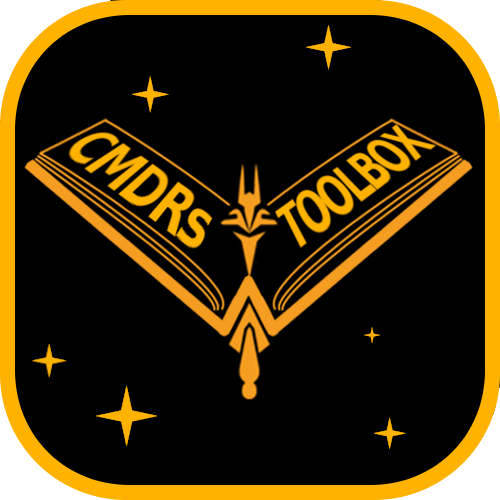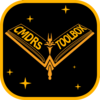So because I have a spreadsheet with >10k systems in the bubble (~500 LY diameter) w/ coordinates laying around, and no life, and who doesn't like a good traveling salesman problem, I tested this out.
View attachment 319652
(3000 systems in Bubble axes in LY - shrink factor just fits a convex hull to the points to see roughly the shape)
Excel can do a TSP with about 200 "cities" using it's built-in Evolutionary solver (genetic algorithm) and no special programing (no VBA). You'd have to chunk up the 3000 systems, which can be done pretty easily with k-means clustering (this can also be done in Excel). However, it's easier to do in Python or Matlab. I ran the full 3000 systems in Matlab using a genetic algorithm for the m-TSP ("m" salesmen or separate routes). Hueristic/genetic algorithms can really only handle <1000 cities reasonably well. However, for 3000 systems I got the travel distance from a "nominal" (i.e., completely random) 533,882 LY to a "best" single tour of 71,508.2 LY before failing to converge (max iterations) - roughly the distance form Sol to Beagle Point - took couple hours. I also ran it with a max of 10 routes and it only reached 97,631 LY travel distance, again failing to converge on iterations (and not counting travel from one tour to the next) - took couple hours. I think it would be better to divide the problem into say 10 k-means clustered regions and run the TSP on those individually (as suggested above).
View attachment 319653
(10 K-means clusters with centroids)
I did this for 10 k-means clusters for 10 individual routes totaling 54604.1 LY, again not including travel between routes - maybe half an hour. Note that as the clusters happen to meet close to the center and the classic TSP problem has the route finish where the salesman started, one could choose a point in the center that was close to all of the routes and start at the closest system along each route (as they are individual loops) and end up close to the next route.
View attachment 319654
(1 of 10 routes calculated)
I just was curious in the scope of such an endeavor: 55 kLY is still a haul but better than 530 kLY. FWIW

 cmdrs-toolbox.com
^This tool simply cannot handle such a large number of systems, is there an offline downloadable tool for doing this or a method for calculating the best route?
cmdrs-toolbox.com
^This tool simply cannot handle such a large number of systems, is there an offline downloadable tool for doing this or a method for calculating the best route?
